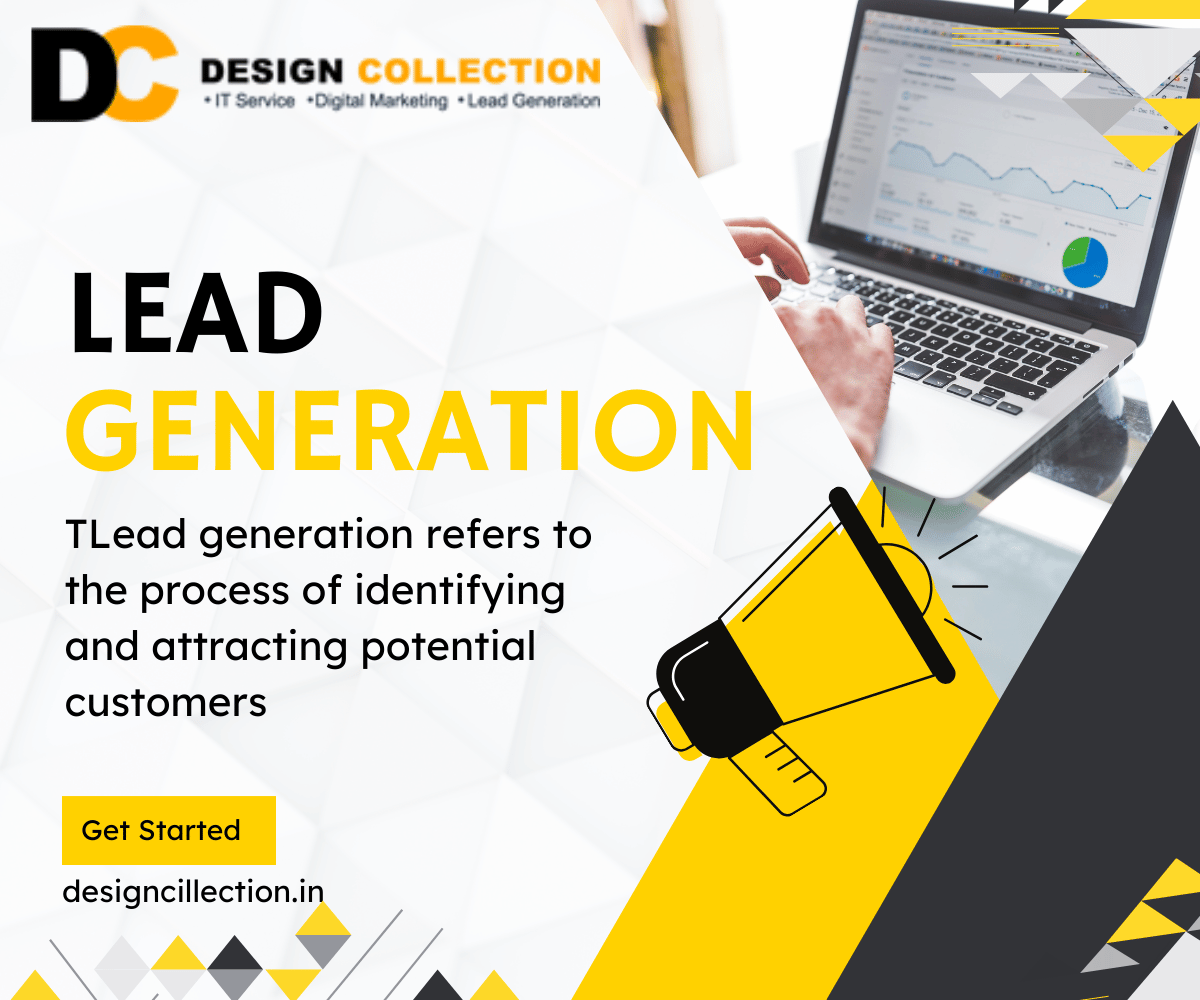Effective Methods to Capture, Engage, and Convert Potential Customers.

Lead Generation: Identifying and Attracting Potential Customers
Lead generation is essential for any business looking to grow its customer base and boost sales. By identifying and attracting potential customers, companies can build a steady pipeline of qualified leads who are genuinely interested in their products or services. With various strategies, lead generation helps businesses engage with prospects, build relationships, and turn them into loyal customers.
Understanding the Importance of Lead Generation
Lead generation is a key driver of growth for businesses. It creates opportunities to connect with new customers who are interested in what the business offers. Without a solid lead generation strategy, companies may struggle to reach potential clients. Effective lead generation can help improve market reach, target the right audience, and boost conversion rates.
Key Components of Lead Generation
The lead generation process consists of several key components that work together to attract and engage prospects. These include content marketing, SEO, email outreach, and social media engagement. Each element plays a role in drawing attention to the brand and building trust with potential customers. When combined strategically, these elements create a powerful lead generation system.
Content Marketing to Attract Leads
Content marketing is at the core of effective lead generation. By providing valuable and informative content, businesses can capture the interest of potential customers. This content can include blog posts, videos, whitepapers, and case studies. Through content marketing, brands build trust and establish themselves as reliable sources of information.
SEO to Improve Visibility
Search Engine Optimization (SEO) is crucial for increasing a brand’s visibility. By optimizing content for search engines, businesses can reach a wider audience. Targeting specific keywords and improving web pages can help content appear higher in search results, making it easier for potential customers to find the business.
Social Media Tactics for Attracting New Leads
Social media platforms offer businesses a great way to connect with potential customers. By sharing engaging content, running targeted ads, and interacting with followers, companies can build strong relationships with their audience. Social media also helps reach a diverse range of users, attracting leads who may not find the brand through other channels.
Creating Targeted Social Media Campaigns for Client Engagement
Targeted social media campaigns allow businesses to reach specific groups based on demographics like age, location, and interests. This focus ensures that marketing efforts reach people more likely to be interested in the product or service. By narrowing down the audience, social media campaigns become more effective.
Engaging with Followers
Social media engagement helps businesses build lasting connections with potential customers. Responding to comments, joining discussions, and sharing user-generated content are great ways to foster loyalty. Active engagement can keep the audience interested and encourage them to explore the brand’s offerings.
Email Marketing for Lead Nurturing
Email marketing is a powerful tool for nurturing leads. Through personalized email campaigns, businesses can provide relevant content that moves prospects down the sales funnel. Regular updates, exclusive offers, and valuable information keep potential customers engaged, increasing the likelihood of conversion.
Creating a Targeted Email List
A targeted email list is essential for effective lead nurturing. Collecting emails from people who have shown interest in the brand ensures that the audience is more likely to convert. Sign-up forms, gated content, and lead magnets are effective ways to grow an email list with qualified leads.
Personalized Email Campaigns
Personalized emails are crucial for capturing attention and building trust. By tailoring emails to the recipient’s interests, companies create meaningful connections. Personalized emails are more likely to be opened and lead to higher engagement and conversion rates.
Landing Pages for Lead Conversion
A well-designed landing page is key to converting website visitors into leads. Landing pages capture essential information from visitors, such as their name and email. By focusing on a clear call-to-action and offering something valuable, landing pages effectively encourage conversions.
Clear and Compelling CTAs
Clear calls-to-action (CTAs) are vital for effective landing pages. CTAs guide visitors to take specific actions, like signing up for a newsletter. Using strong, action-oriented language encourages visitors to engage and become leads.
Optimizing for Mobile Devices
With many users browsing on mobile, it’s crucial to have mobile-friendly landing pages. Mobile optimization includes responsive design, fast load times, and easy-to-read content. A seamless mobile experience improves the chances of lead conversion.
Tracking and Measuring Lead Generation Success
Tracking and measuring lead generation efforts is important for understanding what works and where to improve. Tools like Google Analytics, CRM software, and email platforms offer insights into conversion rates and engagement. Regular analysis helps businesses refine their lead generation strategy.
Using Analytics to Monitor Performance
Analytics provides data on the most effective channels and strategies. Tracking metrics like click-through rates, open rates, and conversions offers valuable insights into lead generation performance. This data helps companies make informed decisions and adjust tactics as needed.
Continuous Optimization for Better Results
Continuous optimization is key to a successful lead generation strategy. Regularly reviewing and adjusting campaigns based on performance data helps attract and convert leads. This approach ensures that lead generation efforts stay effective and responsive to market trends.
Conclusion
Lead generation is a crucial process that helps businesses identify and attract potential customers. Through strategies like content marketing, social media engagement, email nurturing, and optimized landing pages, companies can build a strong lead generation system. By tracking performance and making data-driven adjustments, businesses can ensure effective lead generation, build customer relationships, and achieve long-term success.
For insights on understanding and responding to customer feedback, explore Social Media Listening: How to Understand and Respond to Customer Feedback.
Read about lead nurturing strategies on HubSpot’s Lead Nurturing Guide to keep potential customers engaged.